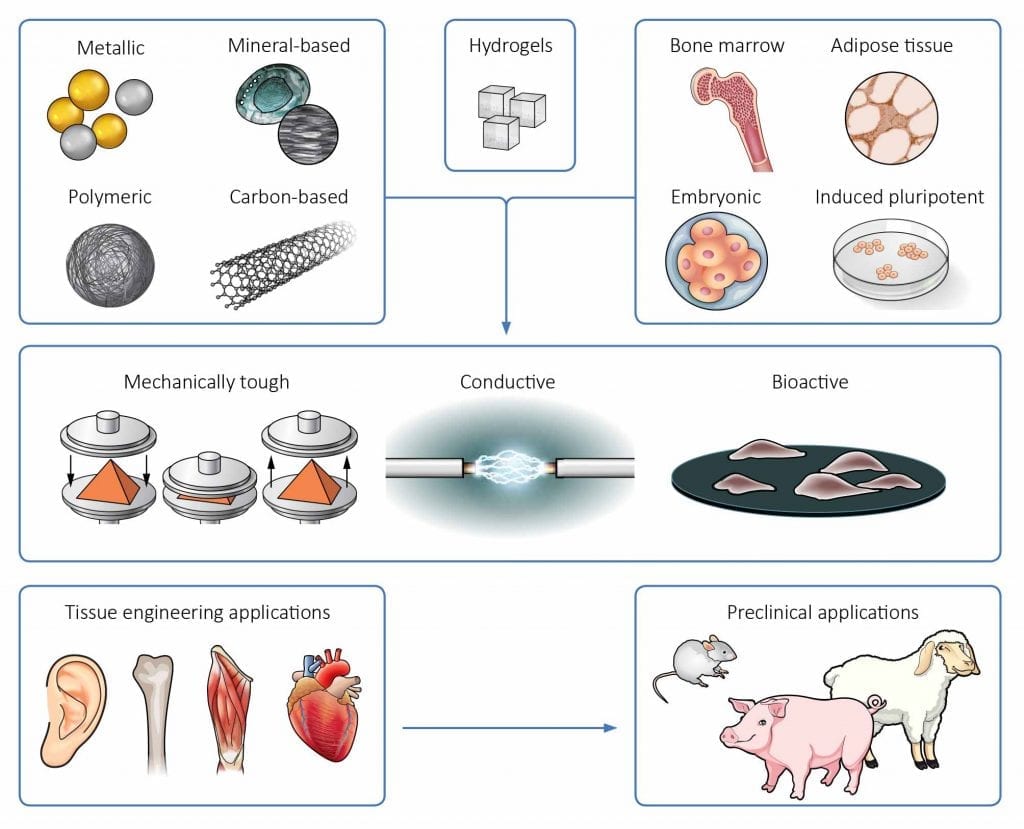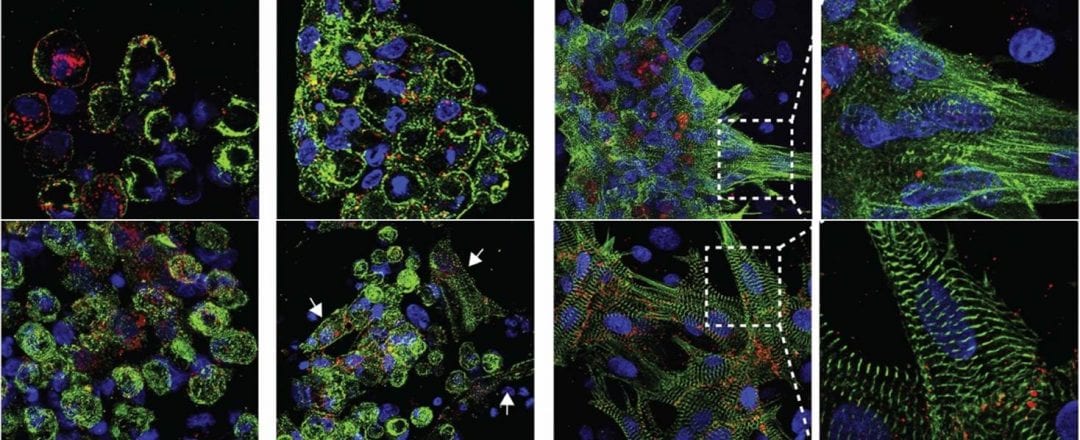
Nanoreinforced hydrogels stand as promising and convenient materials for multifunctional tissue engineering scaffolds given their range of properties including increased bioactivity, conductivity, and mechanical strength.
In the aging population, chronic diseases caused by worn-out tissues are soon expected to become a stumbling block for the healthcare system.
The field of tissue engineering has evolved considerably in the recent years via incorporation of bioactive nanomaterials into hydrogels. These nanoreinforced hydrogels have given way to numerous tissue-like constructs that feature distinct properties like electroactivity, bioactivity, flexibility and elasticity. Indeed, these nanoreinforced hydrogels have steered a powerful trend in the field of tissue engineering by facilitating development of tissue grafts that are capable of systemic integration with the human body.
A recently published Review written by researchers from Denmark, Malaysia, Iran and the USA highlights the research and development of these aforementioned nanoreinforced hydrogels and their applications in tissue engineering with special focus on their ability to restore skeletal, neural and cardiac tissues. Such innovations not only serve as an exceptional platform for the repair and regeneration of aged and worn-out tissues, but can also be pivotal in defining the next trend in healthcare technology. It is envisioned that multifunctional hydrogel systems exhibiting life-like traits could become a routine gadget in medicine and may also facilitate breakthroughs via cross-disciplinary research spheres such as cybernetics, soft-robotics and bionics.

















